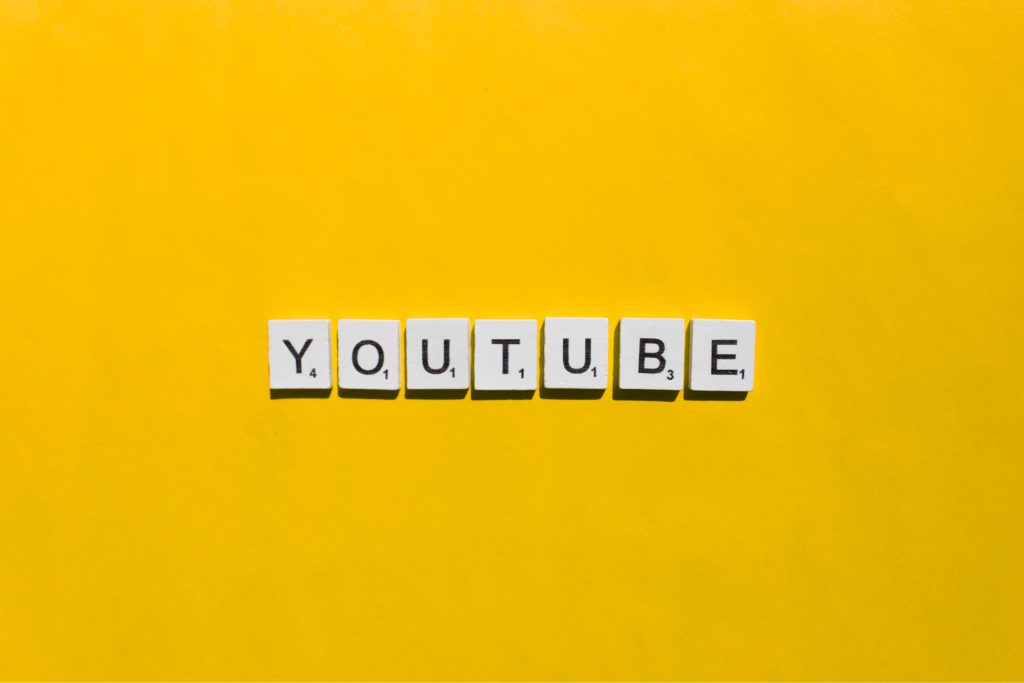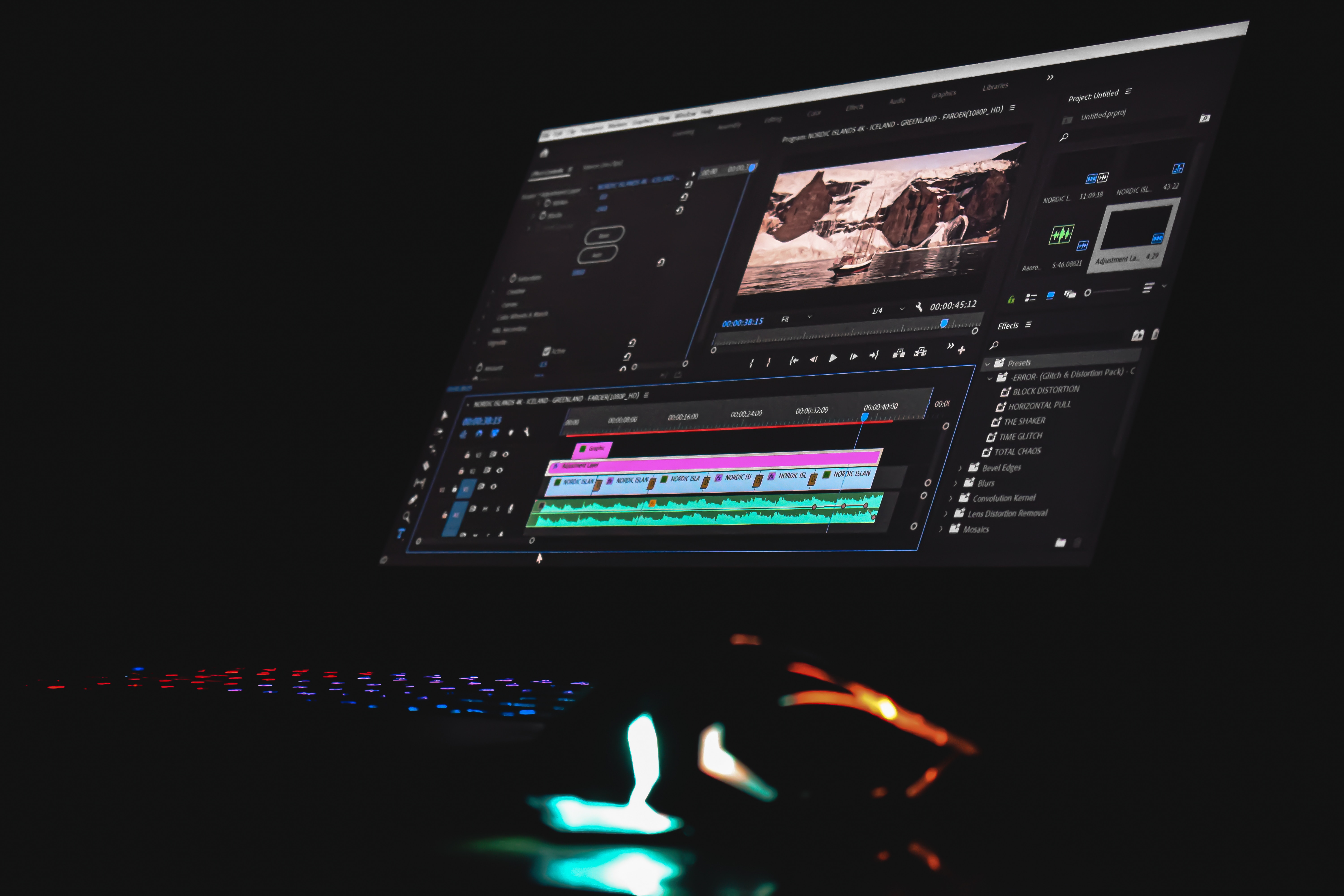Have you posted high-quality videos on YouTube but been underwhelmed by viewership? This may signal you need to reconsider your YouTube search engine optimization (SEO) strategies. Video SEO strategies can range from how you utilize target keywords to how you hold viewers' interest.
However, your SEO game plan must also be fluid because audiences and the algorithm are constantly changing. This means constantly paying attention to your channel's analytics, strategies, and competition. In this guide, we'll cover everything you'll need in your YouTube optimization checklist.
What Is YouTube SEO and Why Does it Matter?
Search engine optimization is the process of strategizing your content to rank higher on search algorithms. Videos with good YouTube optimization and high engagement rates tend to perform better in related searches, recommended videos, home pages, and other search engines, such as Google.
YouTube SEO tactics utilize keywords, cross-links, and website features to beat the algorithm at its own game. They also include actively following relevant videos and interacting with your audience to improve engagement rates.
SEO is not just a way to exploit coding — it's essential to avoid getting drowned out by other videos. With YouTube especially, content that does not meet the algorithm's changing demands may not be recommended to anyone, including your followers. Almost every successful YouTuber knows how to optimize YouTube videos, so you should too.

YouTube SEO Checklist: 12 Best Practices
SEO for videos on YouTube can be challenging to gauge, especially if you don't know where to start or what keywords to target. Follow these YouTube SEO tips to learn how to optimize the algorithm and grow your channel.
1. Identify Relevant Keywords Related to Your Video Content
While there are many valuable online resources for YouTube keywords, many quickly become outdated or overused. The best practice to keep your keywords relevant is actively researching content related to your video topic. Browse video titles, descriptions, tags, and especially search terms connected to your niche.
Play with the search bar to research what people commonly search for on your topic. For example, do related searches include "how to?" If so, what are they looking up, and how do they phrase it?
As you go, compile a long list of keywords and add them to your YouTube optimization checklist. Don't just note words and phrases that could fit in a title — include everything with any degree of relevancy, as you might learn to attract other audiences as well. Repeat this step regularly as you expand your SEO toolbox.
2. Include Your Primary Keywords in the Video Title
Your primary keyword should represent the main idea behind your video and include at least one word relevant to your topic. For example, if your video is about a cat and targets pet lovers, your primary keyword could be "adorable cat."
Once you've identified your primary keyword, include it in the title and description to improve your video's SEO. So, if your primary keyword is "adorable cat," your title could be "Adorable Cat Meows for Sushi."
3. Incorporate Long-Tail Keywords in the Video Description
As you review your target keyword list, look for any that could fit in your description, particularly longer keywords or similar descriptors. Many long-tail keywords can be targeted directly at popular relevant searches, such as detailed how-to's and product specifics.
Other long-tail keywords can be made by combining multiple keywords. For example, if your primary keyword is "adorable cat," your secondary keywords may include "cat meowing, "funny cat," and "cute cat." These adjectives and verbs can often be stacked without impairing SEO to create additional long-tail keywords, such as "funny cute cat meowing."
4. Add Additional Keywords to the Video Tags
Video tags should usually include your primary and secondary keywords — including those you couldn't fit in the description — along with other relevant genre terms. However, be careful not to add too many unrelated tags because YouTube's algorithm may deem your video irrelevant to most users.
While they can vary by content and relevancy, consider the following factors when compiling your video tags:
- Genre/topic
- Relevant searches
- General focus
- Target audience
- Related audiences
- Primary keywords in related video titles
5. Design an Eye-Catching Video Thumbnail To Improve Your Click-Through Rate (CTR)
Engagement rates significantly affect your content's success, so your overall video quality must be enough to capture and hold people's attention. The first layer is your video's click-through rate (CTR) — the frequency users click and watch your video after gaining an "impression."
Video thumbnails are the best way to attract a viewer's attention. They generally need to be layered with more than just screenshots to stand out. Many popular videos' thumbnails include at least one of the following:
- A superimposed, eye-catching photo, such as a puppy with big eyes
- A bright subtitle, often different from the video title
- An open-ended or thought-provoking question
- A saturated color scheme
- A side-by-side of two or more subjects
- Arrows and other graphics that draw attention to details
- A small channel logo
6. Increase Your Audience Retention With an Engaging Intro
While not necessary for all videos, a memorable and succinct video with catchy music can pique viewers' interest and improve engagement rates, especially long term. A viewer who liked your previous video that sees another with the same intro may be more likely to subscribe to your channel, improving your relevance to the algorithm.
7. Create Relevant Content To Improve the Video Watch Time
As you craft your content, always consider how to utilize SEO for YouTube. While brainstorming content ideas, look at the videos relevant audiences watch and search for. For example, if you run an "adorable cat" channel, consider looking at the toys, treats, and activities in the best-performing videos.
Every second of content in each video should be engaging and relevant to your topic. Viewers clicking away or closing the app halfway through your video doesn't reflect well on your engagement rate. So, don't cut corners on entertainment value, and always keep in mind the videos people enjoy watching.
8. Encourage Viewers To Take Specific Actions With a Call-to-Action (CTA)
A call-to-action (CTA) is specific instructions or a request subtly included in many videos, typically at the end. These calls range from liking and subscribing to commenting on your favorite color.
Some CTAs encourage viewers to buy products or visit other websites, though most are intended to improve engagement. Encouraging activity on your videos tells the algorithm your content is popular and is crucial to your video's SEO on YouTube.
9. Regularly Monitor Your Performance With YouTube Analytics
YouTube Analytics is a free-to-use feature that lets you follow the engagement of your channel and videos. This SEO tool lets you gauge video successes more specifically, such as by identifying increased subscriptions and which videos hold viewers' attention. While this feature won't tell you why specific videos underperformed, you can decipher patterns the more you follow and understand SEO strategies.
10. Engage With Your Audience by Replying to Their Comments on Your Videos
Comments play a significant role in engagement and video optimization, which is why many CTAs encourage people to begin conversations in the comment sections. Replying to others or posting additional questions in the comments is a simple way to further optimize your videos, even months after publishing them. Additionally, engaging with commenters may make them more likely to subscribe and start conversations on future videos.
11. Cross-Link Your Videos to Related Content Videos
Cross-linking other videos is another simple way to optimize your channel further. Video links can be inserted in video descriptions or into the videos themselves as "clickable links" that pop up at customizable timestamps. Links in your description can also lead to other websites, such as your social media platform, blog posts, or online shop.
Viewers following cross-links indicate to the YouTube algorithm your video and channel improve engagement and should rank higher. It also communicates to other search engines that your video is high authority, which is especially beneficial for instructional videos.
12. Add Accurate Closed Captions (CC) to Your Videos
Closed captions help retain viewers, including people with hearing impairments or muted phones. While YouTube has its own automatic closed captions feature, it is often unreliable, even with perfect audio quality. While it can be time-consuming, depending on your video's length, writing your own closed captions can help improve engagement. It also tells the algorithm your video utilizes desirable features, which may impact its ranking.
Enhance Your YouTube Videos With Royalty-Free Music
Understanding SEO best practices for YouTube is crucial to your content's success, and a considerable part of optimization is retaining viewers' interests. The music you use plays a significant role in your video's quality and continued viewership. For example, if someone looks for a video to play in the background while they fold laundry, they're more likely to choose a video with chill background music than one with no music at all.
That said, the music in your YouTube videos should be royalty-free to ensure your channel doesn't receive a copyright claim or lose monetization. Check out our ever-expanding collection of royalty-free music and sounds to see how StockMusic.net can further optimize your YouTube channel.




